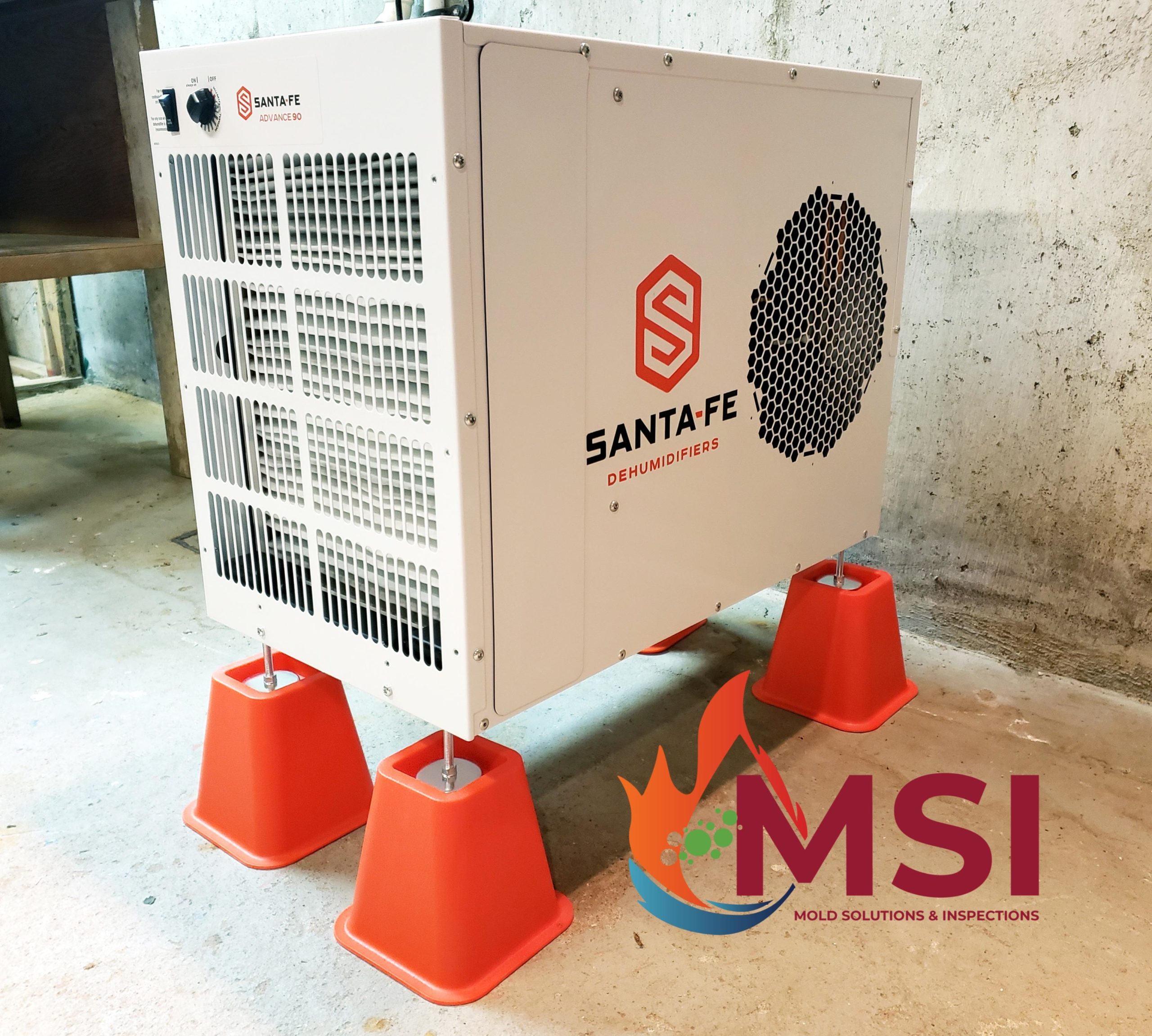The heart has 2 sides. The right side of the heart gets blood from the body and it sends this blood to the lungs to be ‘cleaned’. The lungs give oxygen to this blood and get rid of toxic gases such as carbon di-oxide (abbreviated as CO2). This ‘clean’ blood now makes its way to the left side of the heart which then gets pumped to the rest of the body. Then the blood makes its way back to the right side of the heart, and so on and so forth. This is a continuous cycle that happens minute after minute throughout our life.
Most people have heard the term “hypertension” which is increased pressure. But this typically refers to increased pressure that the left side of the heart is exposed to, and is measured usually with a cuff that is wrapped around a person’s arm. This is very different from, and is usually not associated with, “Pulmonary Hypertension”.
Pulmonary hypertension reflects increased pressures in the blood vessels in the lungs, which makes it difficult for the right side of the heart to send blood to the lungs to be ‘cleaned’. This is not easily directly measured (that is, there is not “blood pressure cuff” for the lungs) and requires both non-invasive clues as well as invasive means to accurately measure.
Pulmonary hypertension has many possible causes that are too numerous to be listed here. Depending on the specific cause of someone’s pulmonary hypertension, the treatment may be different. That’s why a patient suspected of having pulmonary hypertension usually goes through many tests to make sure we identify the specific cause of her/his pulmonary hypertension.
Pulmonary arterial hypertension, or PAH, is a specific kind of pulmonary hypertension. It is caused by destruction of small blood vessels in the lungs. PAH is a kind of pulmonary hypertension that is not caused by lung disease, heart disease that is primarily affecting the left side of the heart, or large blood clots in the lungs. For the sake of simplicity, we will use the term pulmonary hypertension broadly in the rest of this section, although most of the time we will be referring to pulmonary arterial hypertension.
Follow us on Facebook at MSIFollow








